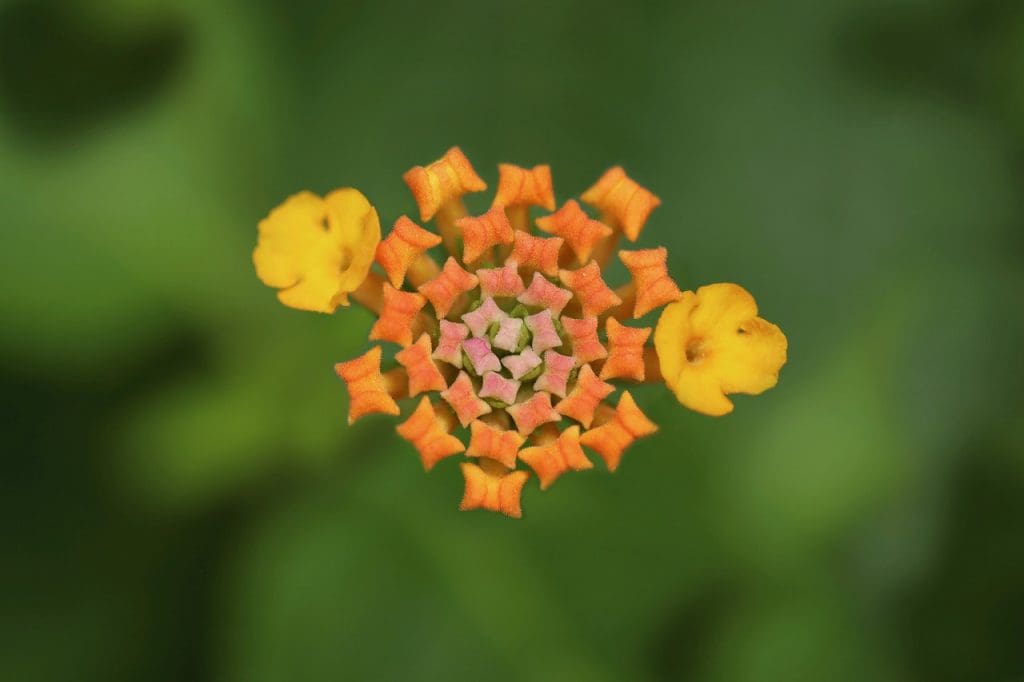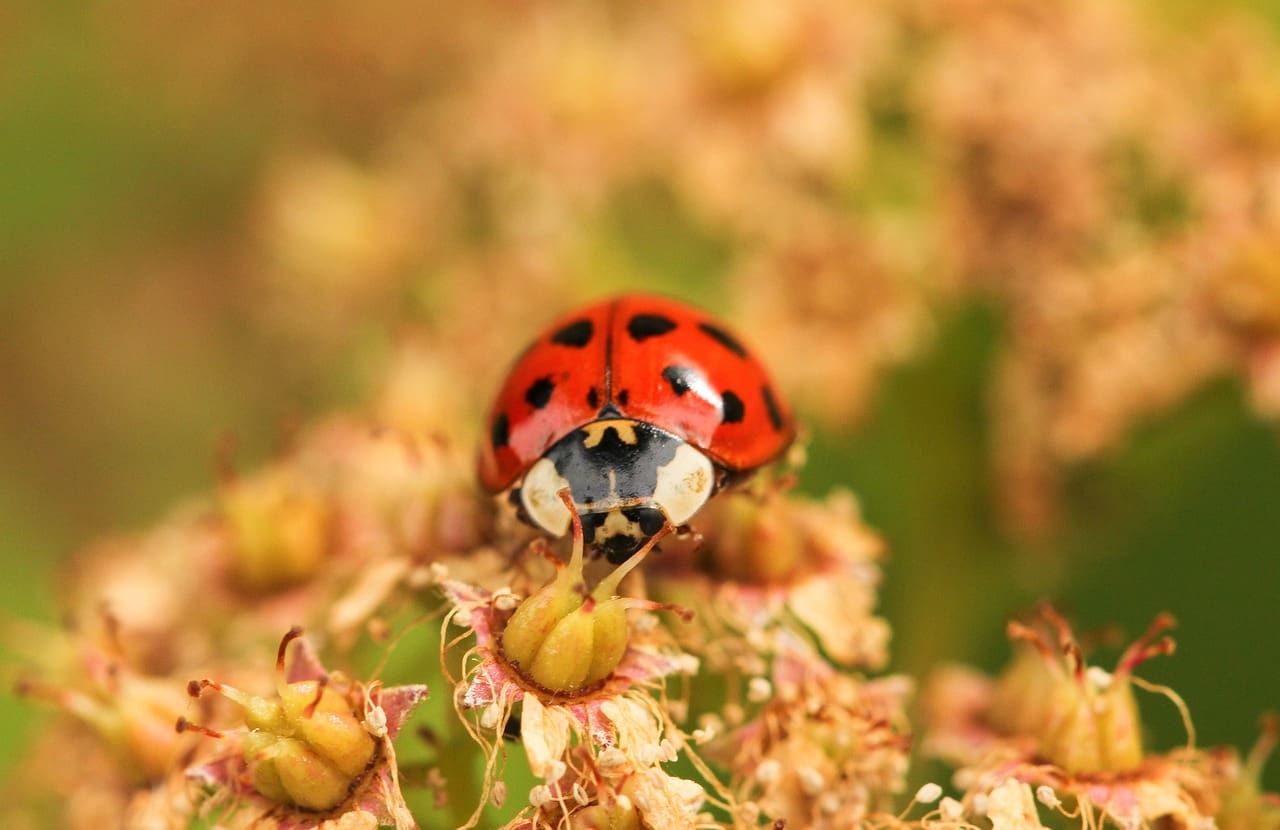Welcome to the “Beginner’s Guide to Preventing Alligator Weed Invasion in Your Garden”! In this comprehensive guide, you’ll find practical and easy-to-follow steps to keep your garden free from this persistent and invasive plant. Alligator weed can quickly take over your garden if not properly managed, but don’t worry, you’re not alone. With simple preventative measures and a bit of vigilance, you can protect your garden’s beauty and health. Let’s dive in and ensure your green space remains lush and thriving!
Beginner’s Guide To Preventing Alligator Weed Invasion In Your Garden
Have you ever woken up to find your garden overrun by an uninvited guest? No, we’re not talking about rabbits; this threat is much smaller but equally destructive—Alligator Weed. If you’ve heard whispers about this invasive plant but aren’t quite sure why it’s such a big deal, you’re not alone. Many garden enthusiasts find themselves scratching their heads, wondering how to keep this botanical bully at bay.

What Is Alligator Weed?
Alligator Weed (Alternanthera philoxeroides) is a perennial plant that’s native to South America but has found its way to numerous parts of the world, including North America, Asia, and Australia. The plant thrives in wet environments such as swamps, lakes, rivers, and even the less soggy parts of your garden. Recognizable by its opposite leaves and small white flowers, Alligator Weed can form dense mats that outcompete other vegetation.
Why Is Alligator Weed a Problem?
Alligator Weed isn’t just any plant—it’s an ecological nuisance. This invader grows rapidly, choking out native plants, and obstructing waterways. It’s also challenging to eradicate once it has established itself due to its ability to regrow from small fragments.
Understanding the Life Cycle of Alligator Weed
If you’re going to wage war against Alligator Weed, you need to understand your opponent. This plant reproduces both through seeds and vegetatively, which means a single piece can start a new colony. Knowing its growth patterns will help you devise effective prevention and control strategies.
Growth Stages
- Germination: Seeds sprout in moist soil, usually during the spring.
- Vegetative Spread: The plant grows rapidly, forming floating mats in water or dense cover on land.
- Flowering: Small white flowers appear mostly during the summer.
- Senescence: The plant may die back in colder climates, but underneath the surface, it’s ready to spring back to life come warmer weather.

Preventing Alligator Weed in Your Garden
Prevention is your best defense. By taking proactive measures, you can stop Alligator Weed before it takes over your garden.
Know the Conditions
Alligator Weed prefers moist, nutrient-rich soil, and full sunlight but can tolerate partial shade. By altering these conditions, you can make your garden less inviting.
- Manage Water Levels: Avoid overwatering. Ensure proper drainage, especially in low-lying areas.
- Nutrient Management: Don’t over-fertilize. This not only promotes the growth of desirable plants but also keeps the nutrient levels in check.
Early Detection
The earlier you catch Alligator Weed, the easier it is to manage. Keep an eye out for the plant’s distinctive features, especially in wetter parts of your garden.
Identifying Features
| Feature | Description |
|---|---|
| Leaves | Opposite, elliptical, 2-10 cm long |
| Stems | Hollow, often reddish, can root at nodes |
| Flowers | Small, white, ball-like clusters |
Regular Inspections
Make it a habit to inspect your garden regularly. The best time to do this is in the spring when new growth starts. By walking through your garden and checking for the tell-tale signs of Alligator Weed, you can catch it early.
Control Methods for Alligator Weed
If you find Alligator Weed in your garden, don’t panic. There are several control methods available to help you manage and eventually eliminate the infestation.
Mechanical Control
This involves physical removal, which can be quite effective if done correctly. However, be prepared for a bit of manual labor.
Hand-Pulling
Hand-pulling is effective for small infestations. Be sure to remove every part of the plant, including the roots, to prevent regrowth.
Mowing
Mowing can help manage larger infestations. However, be aware that this is a temporary solution and will need to be repeated regularly.
Biological Control
Biological control involves using natural predators to control the spread of Alligator Weed. This method is more sustainable and environmentally friendly.
Alligator Weed Flea Beetle
The Alligator Weed Flea Beetle (Agasicles hygrophila) is a natural predator that feeds on the leaves and stems of the plant. Introducing these beetles to your garden can help keep Alligator Weed under control.
Chemical Control
Herbicides can be effective but should be used with caution to avoid harming other plants and the environment.
Recommended Herbicides
| Herbicide | Application Time | Notes |
|---|---|---|
| Glyphosate | Late summer/fall | Apply directly on foliage |
| 2,4-D | Early spring | Effective on young plants |

Long-Term Maintenance
Once you’ve managed to control Alligator Weed in your garden, the battle is only half-won. Long-term maintenance is crucial to prevent reinfestation.
Monitor Regularly
Regular monitoring is key to early detection. Inspect your garden every few weeks to catch any new growth before it becomes a problem.
Mulching
Mulching can help suppress the growth of Alligator Weed by blocking sunlight. Use organic mulch like wood chips or straw for best results.
Competitive Planting
Planting fast-growing, dense vegetation can outcompete Alligator Weed. Plants like native grasses or ground covers are excellent choices.
Recommended Plants
| Plant | Benefit |
|---|---|
| Native Grasses | Dense root system, suppresses weeds |
| Ground Covers | Provides full soil coverage |
Integrated Pest Management (IPM)
Integrated Pest Management (IPM) is a holistic approach that combines various methods to manage pests in an environmentally friendly manner. This approach is highly recommended for controlling Alligator Weed.
Steps of IPM
- Identify the Problem: Properly identify the invasive plant to ensure you are using the correct control methods.
- Monitor and Scout: Regularly check your garden for signs of Alligator Weed.
- Prevention: Implement preventive measures to make your garden less inviting to Alligator Weed.
- Control: Use a combination of mechanical, biological, and chemical control methods to manage the weed.

Educating Yourself and Others
Knowledge is power. The more you know about Alligator Weed and its control methods, the better equipped you’ll be to prevent its invasion. Share your knowledge with fellow gardening enthusiasts to help them protect their gardens as well.
Community Involvement
Participate in local gardening clubs or online forums. Sharing experiences and tips can provide additional insights and strengthen community efforts against Alligator Weed.
Conclusion
Preventing Alligator Weed in your garden might seem like a daunting task, but with the right knowledge and proactive measures, it’s entirely manageable. By understanding the plant’s life cycle, implementing preventive strategies, and using a combination of control methods, you can keep your garden free from this invasive pest. Remember, early detection and regular maintenance are your best allies in this fight.
So, roll up your sleeves, get your gloves on, and reclaim your garden from Alligator Weed. Happy gardening!

